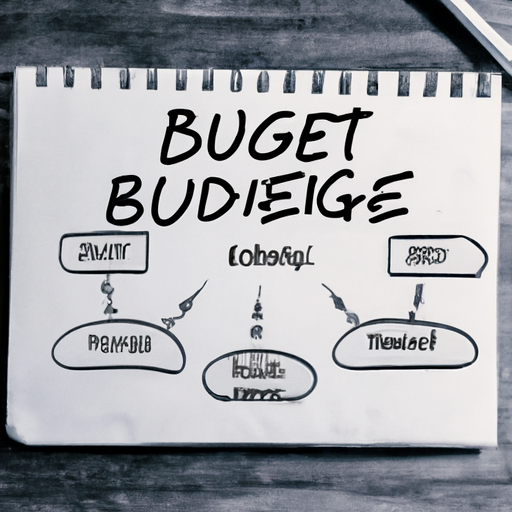How to create a budget: A step-by-step guide

How to Create a Budget: A Step-By-Step Guide
Budgeting is the cornerstone of personal financial planning. It’s a smart money habit that can set you up for financial success. In this guide, we will teach you how to create a budget step-by-step.
1. Identify Your Financial Goals
Your budget is the roadmap to your financial goals. Do you want to save for a down payment on a house or car? Or pay off debt? Whatever your goals are, clearly define them. This will motivate you as you make budgeting decisions.
2. Calculate Your Income
Add up exactly how much money you take home each month. Include everything – salaries, tips, investment income, etc.
3. Track Your Expenses
Write down anything you spend money on for a month. This will give you an idea of your spending habits. Sorting your spending into categories like rent, food, and utilities can help to organize your expenses.
4. Compare Income and Expenses
Once you’ve followed all the steps above, it’s time to compare your total income to your total expenses. If you notice that your expenses are more than your income, you’ll need to make changes to avoid living paycheck to paycheck.
5. Create Your Budget
Take your income and start allocating it to different categories. Begin with your necessities like rent or mortgage, utilities, and groceries. After that, consider your financial goals. Whatever money is left can be split among wants like dining out, entertainment, etc.
6. Adjust As Necessary
Once you’ve laid out your budget, you’ll likely see areas that need adjustment. Perhaps you’re spending too much on dining out or not saving enough. Adjust these areas and make sure that you have a surplus at the end of the month. This surplus can go towards unexpected expenses or extra savings.
7. Use a Budgeting Tool
Budgeting tools can help to keep you on track. There are numerous free and low-cost options available online. They will allow you to input your income and expenses, track your spending in real-time, and even alert you when you’re nearing your budget limit.
8. Regularly Review your Budget
A budget isn’t a set-it-and-forget-it tool. Review and adjust your budget regularly, especially when your income, expenses, or financial goals change. This review can be daily, weekly, or monthly – whatever works best for you.
Conclusion
Budgeting might not be the most exciting topic, but it’s necessary. Creating a budget can be a daunting thought, but with these steps, it should be more accessible. It’s a habit that can shape a successful financial future.
* The post is written by AI and may contain inaccuracies.


